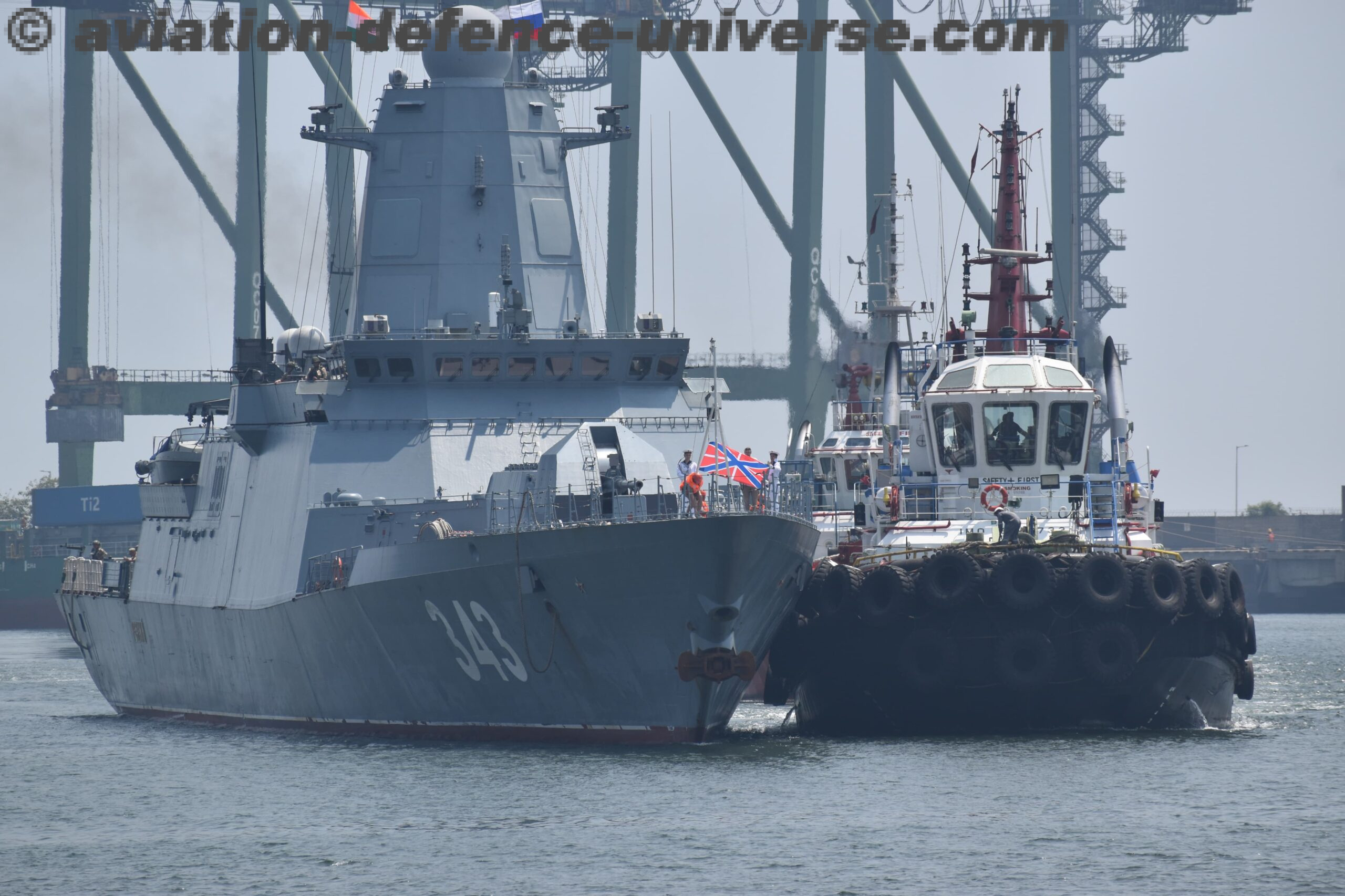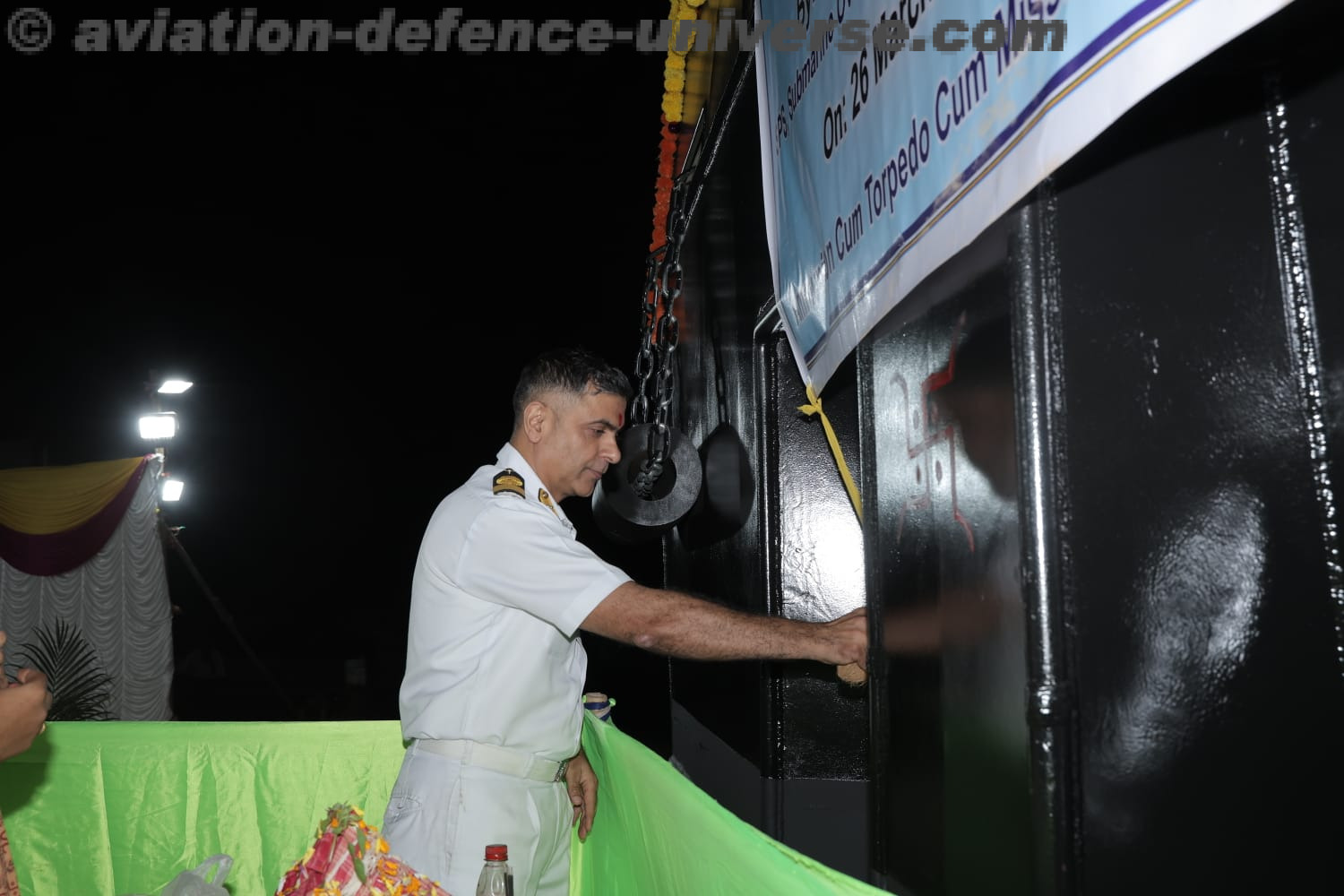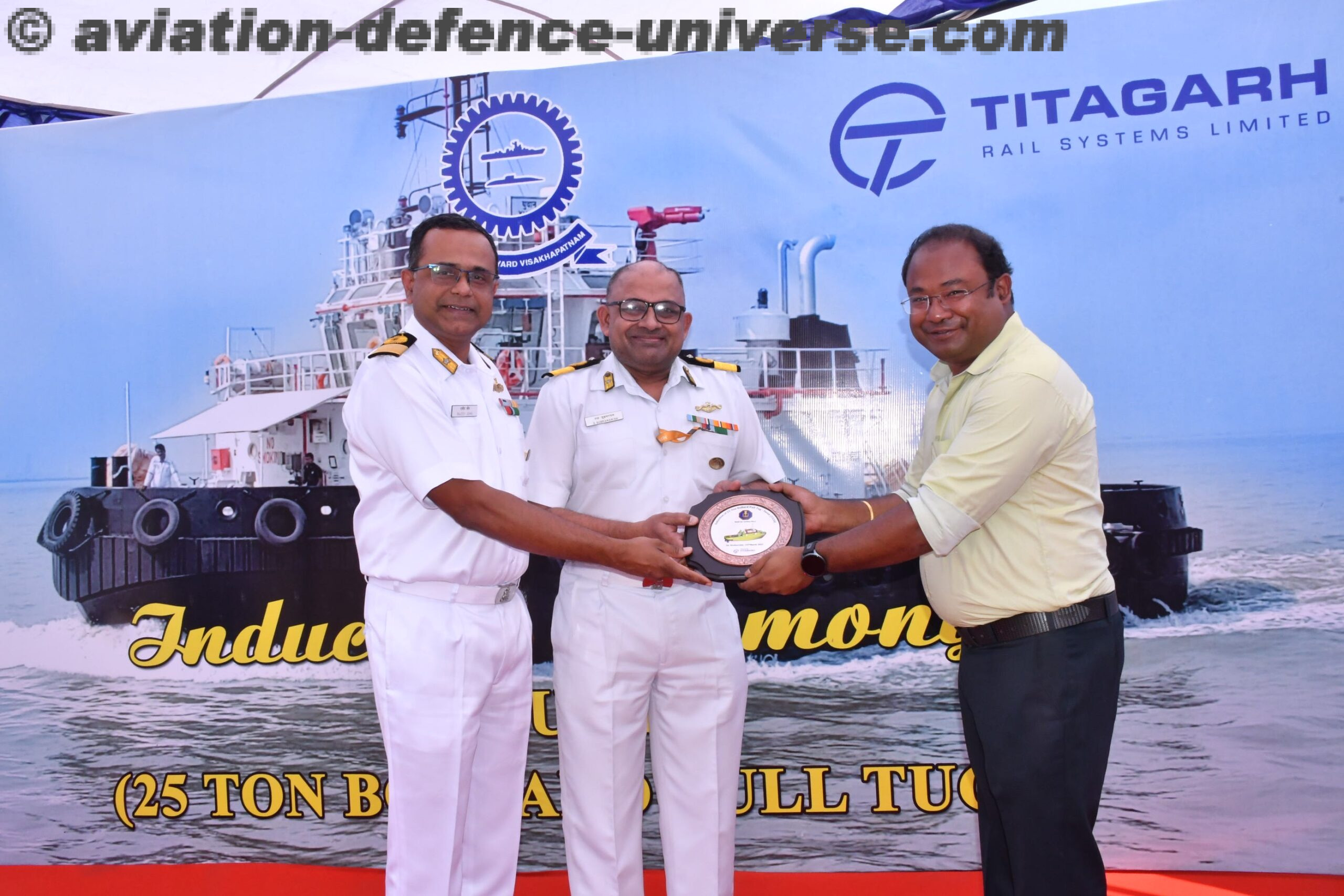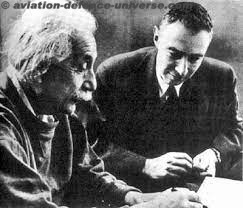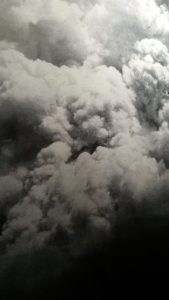
New Delhi. 06 August 2022 . On this day in 1945, at 8:16 a.m. Japanese time, American B-29 bomber the Enola Gay dropped the world’s first atom bomb over the city of Hiroshima in Japan. Approximately 80,000 people were killed as a direct result of the blast, and another 35,000 were injured. At least another 60,000 would be dead by the end of the year from the effects of the fallout.
Even before the surrender of Nazi Germany on May 8, 1945, plans were underway for the largest operation of the Pacific War, Operation Downfall, the invasion of Japan. The operation had two parts: Operation Olympic and Operation Coronet. Set to begin in October 1945, Olympic involved a series of landings by the U.S. Sixth Army intended to capture the southern third of the southernmost main Japanese island, Kyūshū.
Operation Olympic was to be followed in March 1946 by Operation Coronet, the capture of the Kantō Plain, near Tokyo on the main Japanese island of Honshū by the U.S. First, Eighth and Tenth Armies, as well as a Commonwealth Corps made up of Australian, British and Canadian divisions. The target date was chosen to allow for Olympic to complete its objectives, for troops to be redeployed from Europe, and the Japanese winter to pass.
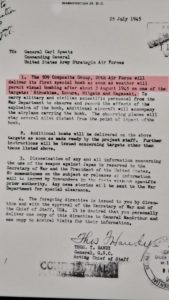
While the United States had developed plans for an air campaign against Japan prior to the Pacific War, the capture of Allied bases in the western Pacific in the first weeks of the conflict meant that this offensive did not begin until mid-1944 when the long-ranged Boeing B-29 Superfortress became ready for use in combat. Operation Matterhorn involved India-based B-29s staging through bases around Chengdu in China to make a series of raids on strategic targets in Japan. This effort failed to achieve the strategic objectives that its planners had intended, largely because of logistical problems, the bomber’s mechanical difficulties, the vulnerability of Chinese staging bases, and the extreme range required to reach key Japanese cities.
U.S. President Harry S. Truman, discouraged by the Japanese response to the Potsdam Conference’s demand for unconditional surrender, made the decision to use the atom bomb. The main purpose of the bomb was to force Japan to surrender and end the war for fear of further destruction. Hiroshima was deliberately selected as it had a large urban community with military and industrial installations, and its geographical features allowed the blast of the bomb to be maximised most effectively. The Air Force agreed to stop bombing Hiroshima leading up to the dropping of the bomb so that the effects of the blast could be measured accurately.
And so on 5 August, while a “conventional” bombing of the rest of Japan was under way, “Little Boy,” (the nickname for one of two atom bombs available for use against Japan), was loaded onto Lt. Col. Paul W. Tibbets’ plane on Tinian Island in the Marianas. Tibbets’ B-29, named the Enola Gay after his mother, left the island at 2:45 a.m. on August 6. Five and a half hours later, “Little Boy” was dropped, exploding 1,900 feet over a hospital and unleashing the equivalent of 12,500 tons of TNT. The bomb had several inscriptions scribbled on its shell, one of which read “Greetings to the Emperor from the men of the Indianapolis” , the ship that transported the bomb to the Marianas.
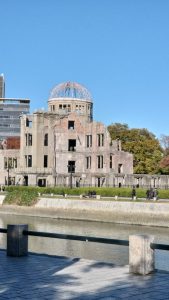
There were 90,000 buildings in Hiroshima before the bomb was dropped; only 28,000 remained after the bombing. Over 90% of Hiroshima’s doctors and 93% of its nurses were killed. 30% of Hiroshima’s population was killed immediately, with about 30% more wounded.
At the time of its bombing, Hiroshima was a city of both industrial and military significance. A number of military units were located nearby, the most important of which was the headquarters of Field Marshal Shunroku Hata’s Second General Army, which commanded the defense of all of southern Japan, and was located in Hiroshima Castle. Hata’s command consisted of some 400,000 men, most of whom were on Kyushu where an Allied invasion was correctly anticipated. Also present in Hiroshima were the headquarters of the 59th Army, the 5th Division and the 224th Division, a recently formed mobile unit. The city was defended by five batteries of 7-cm and 8-cm (2.8 and 3.1 inch) anti-aircraft guns of the 3rd Anti-Aircraft Division, including units from the 121st and 122nd Anti-Aircraft Regiments and the 22nd and 45th Separate Anti-Aircraft Battalions. In total, an estimated 40,000 Japanese military personnel were stationed in the city.
Hiroshima was a minor supply and logistics base for the Japanese military, but it also had large stockpiles of military supplies.The city was also a communications center, a key port for shipping and an assembly area for troops. It was also the second largest city in Japan after Kyoto that was still undamaged by air raids, due to the fact that it lacked the aircraft manufacturing industry that was the XXI Bomber Command’s priority target. On July 3, the Joint Chiefs of Staff placed it off limits to bombers, along with Kokura, Niigata and Kyoto.
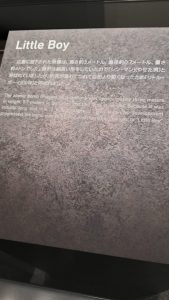
The center of the city contained several reinforced concrete buildings and lighter structures. Outside the center, the area was congested by a dense collection of small timber-made workshops set among Japanese houses. A few larger industrial plants lay near the outskirts of the city. The houses were constructed of timber with tile roofs, and many of the industrial buildings were also built around timber frames. The city as a whole was highly susceptible to fire damage.
Hiroshima was the primary target of the first nuclear bombing mission on August 6, with Kokura and Nagasaki as alternative targets. Having been fully briefed under the terms of Operations Order No. 35, the 393d Bombardment Squadron B-29 Enola Gay, piloted by Tibbets, took off from North Field, Tinian, about six hours’ flight time from Japan. The Enola Gay (named after Tibbets’ mother) was accompanied by two other B-29s. The Great Artiste, commanded by Major Charles Sweeney, carried instrumentation, and a then-nameless aircraft later called Necessary Evil, commanded by Captain George Marquardt, served as the photography aircraft.
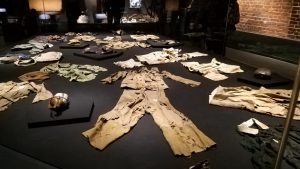
After leaving Tinian the aircraft made their way separately to Iwo Jima to rendezvous with Sweeney and Marquardt at 05:55 at 9,200 feet (2,800 m), and set course for Japan. The aircraft arrived over the target in clear visibility at 31,060 feet (9,470 m). Parsons, who was in command of the mission, armed the bomb during the flight to minimize the risks during takeoff. He had witnessed four B-29s crash and burn at takeoff, and feared that a nuclear explosion would occur if a B-29 crashed with an armed Little Boy on board.His assistant, Second Lieutenant Morris R. Jeppson, removed the safety devices 30 minutes before reaching the target area.
During the night of August 5–6, Japanese early warning radar detected the approach of numerous American aircraft headed for the southern part of Japan. Radar detected 65 bombers headed for Saga, 102 bound for Maebashi, 261 en route to Nishinomiya, 111 headed for Ube and 66 bound for Imabari. An alert was given and radio broadcasting stopped in many cities, among them Hiroshima. The all-clear was sounded in Hiroshima at 00:05. About an hour before the bombing, the air raid alert was sounded again, as Straight Flush flew over the city. It broadcast a short message which was picked up by Enola Gay. It read: “Cloud cover less than 3/10th at all altitudes. Advice: bomb primary.” The all-clear was sounded over Hiroshima again at 07:09.
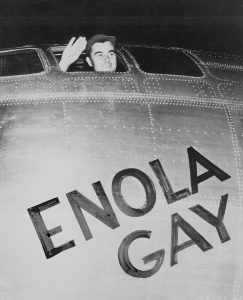
At 08:09 Tibbets started his bomb run and handed control over to his bombardier, Major Thomas Ferebee. The release at 08:15 (Hiroshima time) went as planned, and the Little Boy containing about 64 kg (141 lb) of uranium-235 took 44.4 seconds to fall from the aircraft flying at about 31,000 feet (9,400 m) to a detonation height of about 1,900 feet (580 m) above the city. Enola Gay traveled 11.5 mi (18.5 km) before it felt the shock waves from the blast.
Due to crosswind, the bomb missed the aiming point, the Aioi Bridge, by approximately 800 ft (240 m) and detonated directly over Shima Surgical Clinic at 34.39468°N 132.45462°E. It created a blast equivalent to 16 kilotons of TNT (67 TJ), ± 2 kt. The weapon was considered very inefficient, with only 1.7% of its material fissioning. The radius of total destruction was about 1 mile (1.6 km), with resulting fires across 4.4 square miles (11 km2).
People on the ground reported seeing a pika or brilliant flash of light followed by a don, a loud booming sound. Some 70,000–80,000 people, of whom 20,000 were Japanese soldiers and 20,000 Korean slave laborers, or around 30% of the population of Hiroshima, were killed by the blast and resultant firestorm.
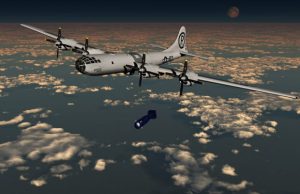
Enola Gay stayed over the target area for two minutes and was ten miles away when the bomb detonated. Only Tibbets, Parsons, and Ferebee knew of the nature of the weapon; the others on the bomber were only told to expect a blinding flash and given black goggles. “It was hard to believe what we saw”, Tibbets told reporters, while Parsons said “the whole thing was tremendous and awe-inspiring … the men aboard with me gasped ‘My God'”. He and Tibbets compared the shockwave to “a close burst of ack-ack fire”.




























